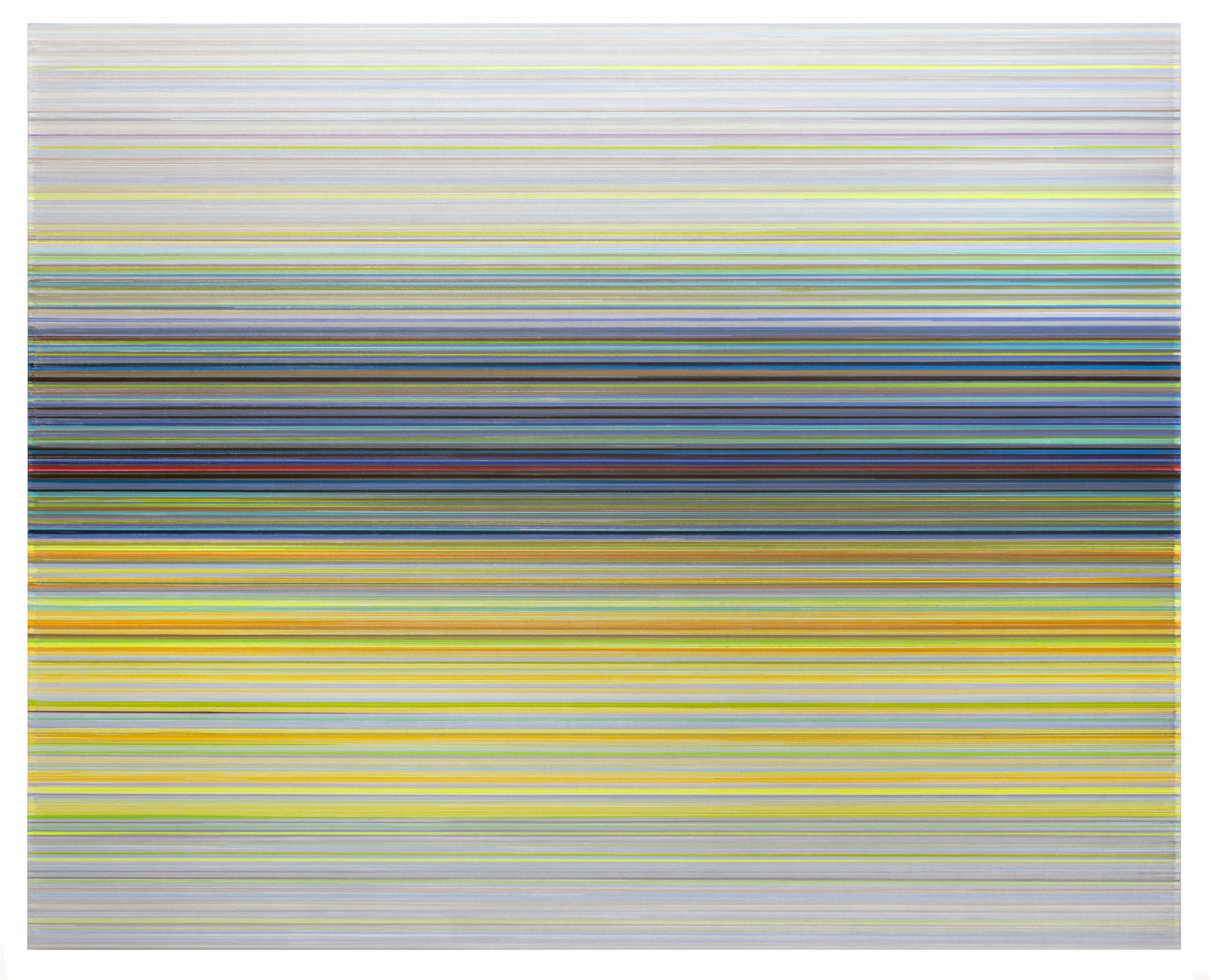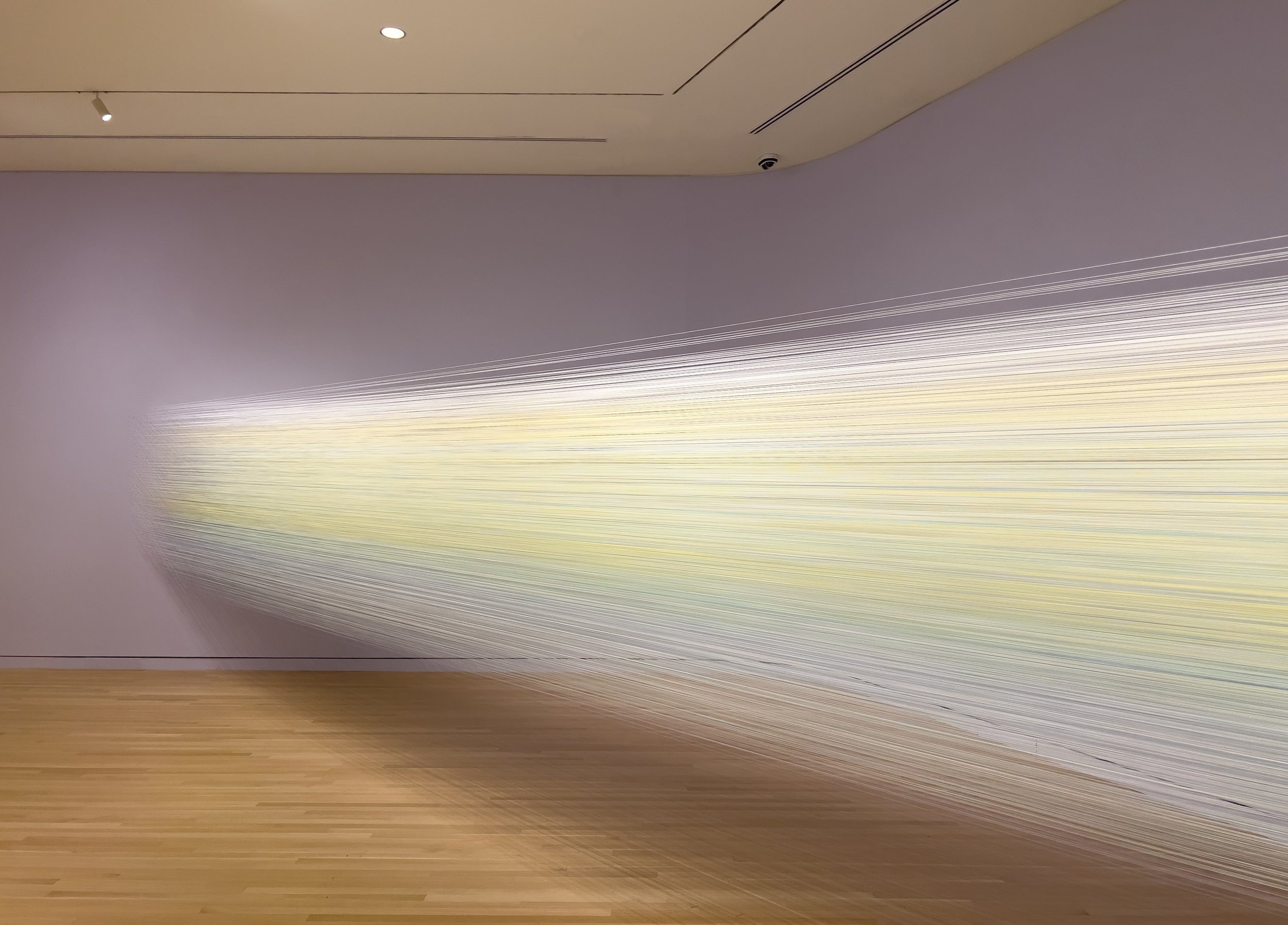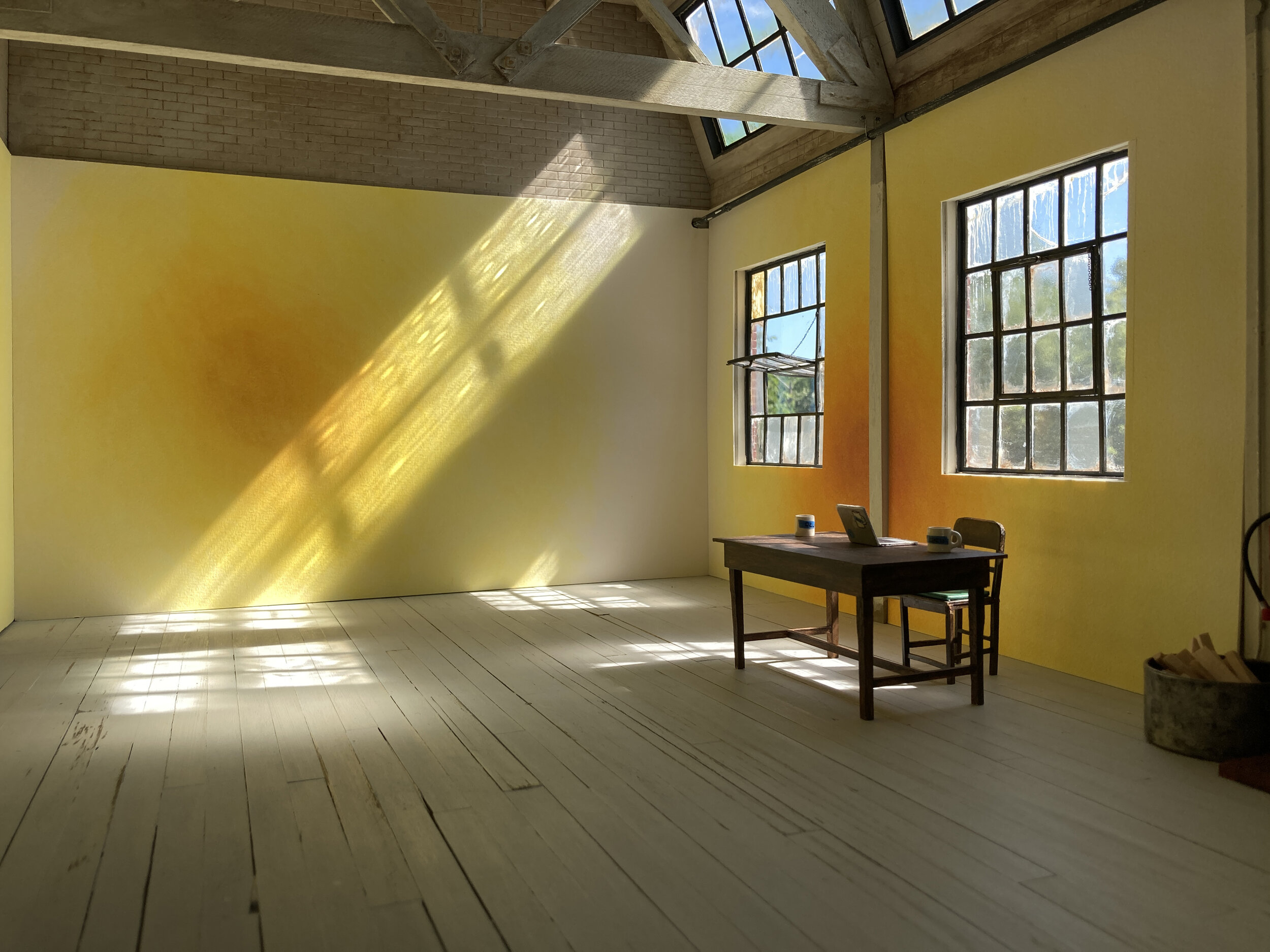WOVEN ABSTRACTIONS
Anne Lindberg, Marela Zacarías, and Ria Bosman
June 20 - August 23, 2025
opening Friday, June 20 from 6 - 8pm
35 Walker Street
New York, NY 10013
Bienvenu Steinberg & C is pleased to present Woven Abstractions, an exhibition featuring Anne Lindberg, Marela Zacarías, and Ria Bosman. On view from June 20 to August 23, 2025, the exhibition will open with a reception on Friday, June 20, from 6 to 8 pm.
Woven Abstractions brings together three artists who reimagine abstraction through material, color, and form. With distinct media, Lindberg, Zacarías, and Bosman each create immersive works that blur the boundaries between painting, drawing, sculpture, and installation. Their shared sensitivity to space, surface and light invites a reflection on rhythm, structure, and the quiet power of the handmade.
Anne Lindberg (b. 1962, USA) is a New York-based artist whose drawings and thread installations explore the sensory and emotional resonance of space, light, and movement. Known for her “drawings in space,” Lindberg uses thousands of chromatic cotton threads stretched in varying densities to form luminous, site-specific works that engage both architecture and the body. Lindberg draws in three dimensions, translating gesture into scale and form. Lindberg’s work is held in major U.S. collections including the Nevada Museum of Art, Everson Museum of Art, Arkansas Museum of Fine Arts, Akron Art Museum, Detroit Institute of Art, and The Rachofsky Collection, among many others. She is currently working on a monumental site-specific commission for the Des Moines International Airport, set to be complete in 2026. She earned her B.F.A. from Miami University and M.F.A. from Cranbrook Academy of Art, and is a recipient of the Joan Mitchell Foundation Grant. Lindberg lives and works in Ancramdale, NY.
Marela Zacarías (b. 1978, Mexico) is known for her large-scale installation work of hand-painted sculptures. Constructed from wood, wire mesh, and plaster, her undulating wall-mounted forms are painted with geometric patterns drawn from global textiles, architecture, and social histories. Evolving from a background in mural painting, Zacarías’ work extends into space with a strong architectural dialogue, reflecting her interest in movement, materiality, and the layered narratives of place. Her work is held in major collections in the U.S. and internationally, including NYU Langone, Washington State's Art Collection, and Seattle Tacoma International Airport Permanent Art Collection. She holds a B.A. from Kenyon College, Ohio, and an M.F.A. from Hunter College, NY, as well as an Honorary Doctorate in Fine Arts from Kenyon College. Zacarías lives and works between Brooklyn, NY, and Mexico City, MX.
Ria Bosman (b. 1956, Belgium) is a Ghent-based artist whose minimalist textile work investigates the relationship between color, geometry, and texture. Bosman works with hand-painted strips of natural fiber, creating abstract compositions that investigate color, line, and material presence. With a background in dyeing and weaving, her practice blends technical precision with intuitive, contemplative decision-making. Rooted in a deep sensitivity to tone and form, Bosman’s work evokes a quiet spiritual resonance, aiming to create a space for stillness, balance, and emotional reflection. Bosman studied Monumental Art at the Higher Institute for Visual Arts, Sint-Lucas, Ghent. She continued her arts education in 1983, studying Artificial Weaving at the Institute for Textile Henry Story, Ghent. She is widely exhibited in Belgium and has been awarded the Provincial Award East-Flanders for Textile and Weaving Art from the Museum for Decorative Art, Ghent, BE. Her work is represented in private & public collections worldwide, including the S.M.A.K. Museum of Contemporary Art Ghent & the Juan Carlos Maldonado Collection, Miami (US).
Please email contact@bsandcgallery.com for more information


































